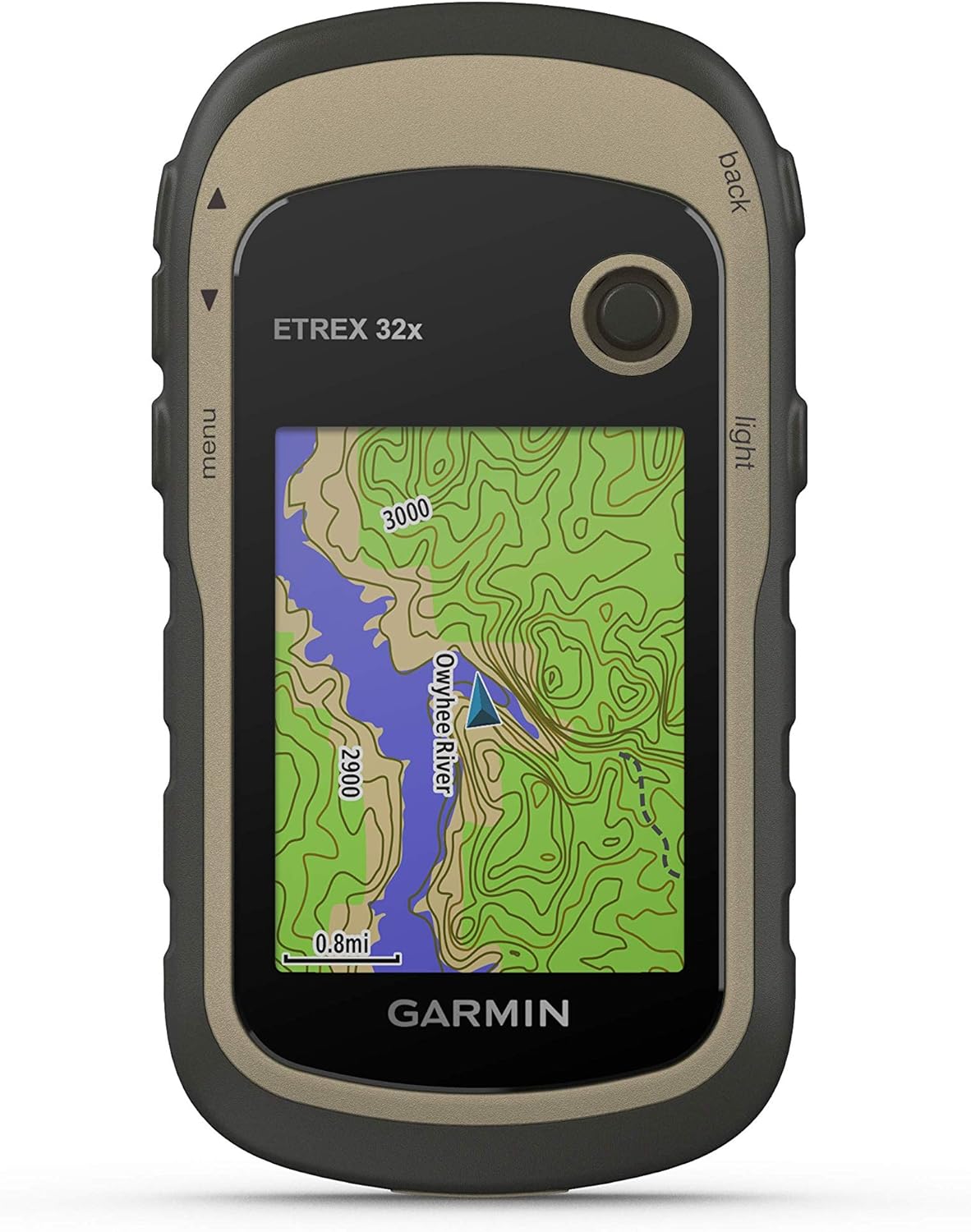The Isle of Mull, a jewel in Scotland’s Inner Hebrides, celebrates rugged beauty, from the colourful harbour of Tobermory to the towering peak of Ben More. For those craving a truly wild and secluded adventure, a hidden wonder awaits on the island’s southern coastline: the Carsaig Arches. This remarkable, sea-sculpted landscape offers a challenging coastal walk that rewards determined hikers with breathtaking scenery, unique geological formations, and a profound sense of wild isolation. This isn’t just a walk, it’s a pilgrimage to one of Mull’s most extraordinary natural monuments.
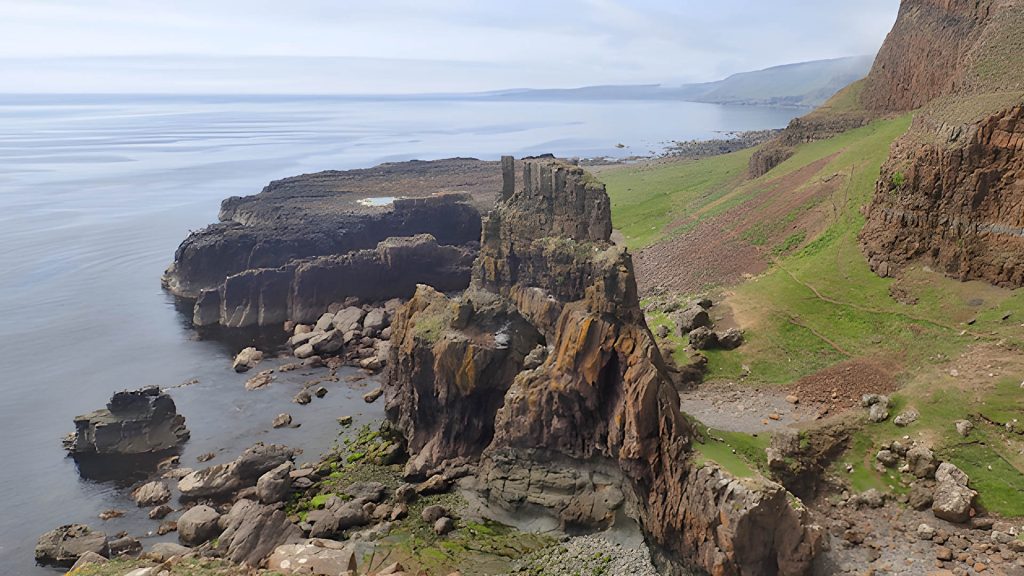
The Journey: A Walk of Challenge and Discovery
The trek to the Carsaig Arches is not a casual stroll; it demands a full day and a respectful approach to the untamed environment. Covering approximately 13.25 km (8.25 miles), the route takes between 5 and 6 hours to complete. The terrain combines rocky coastal paths with narrow sections prone to landslips. Many walkers find it safer to navigate parts of the path along the rocky shore at low tide rather than the precarious cliffside track. Extreme care is essential, as a single misstep can have serious consequences.
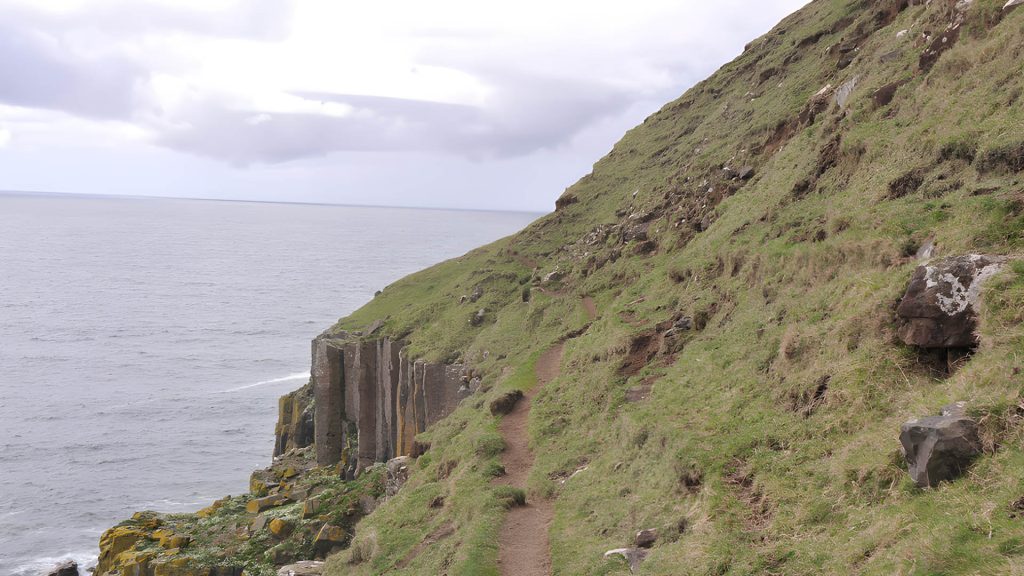
The adventure begins at the parking area above Carsaig Pier. From there, a gravel track gradually leads you to the coastal path. The sounds of the sea and cries of gulls accompany you as you leave civilization behind. Towering cliffs rise on your left, while the Atlantic stretches out before you, dotted with the distant islands of Jura and Islay.
Landmarks on the Trail
- Nun’s Cave: Early in the walk, you’ll reach the Nun’s Cave, a fascinating historical site steeped in local lore. Legends say it served as a refuge for nuns in a bygone era. Its walls feature faint, possibly 6th-century carved crosses that reward the keen-eyed observer. The cave offers a brief, eerie glimpse into the island’s monastic past.
- The Waterfall: Continuing along the path, a high waterfall tumbles down basalt cliffs, a striking ribbon of white against dark rock. Its powerful cascade highlights the island’s wet climate and provides a refreshing landmark before the final push to the arches.
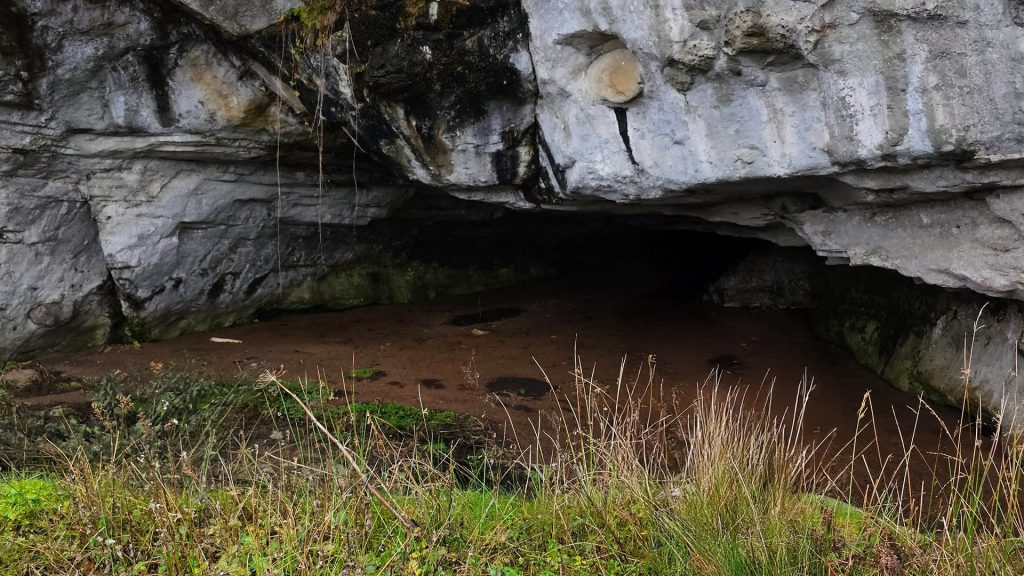
The path becomes increasingly rugged as you near the arches. You must pick your way carefully over slippery boulders and jagged rocks. Around a headland, the magnificent first arch appears. This monumental natural sculpture, carved by relentless waves over millennia, impresses with its sheer size and perfect curve, truly a photographer’s dream. A second, smaller arch also comes into view. However, the optional climb to this second arch is exposed and dangerous, requiring advanced mountaineering skills. Visitors should admire it from a safe distance.
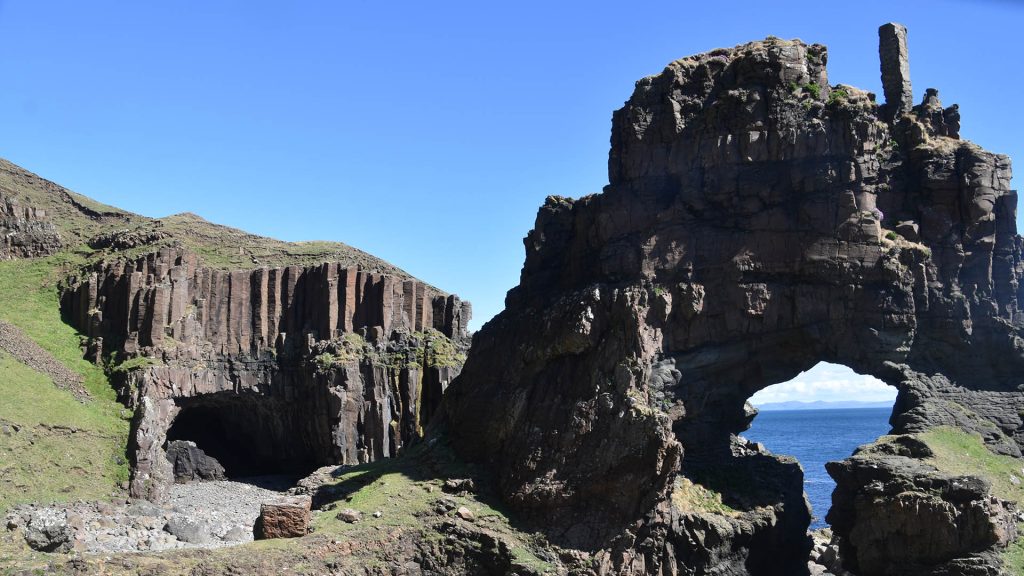
Nature, Geology, and the Spirit of the Place
The Carsaig Arches tell a story in stone. Ancient lava flows form the cliffs, and over millions of years, pounding waves exploited weaknesses in the rock, carving dramatic arches, caves, and towering basalt columns. This dynamic landscape continues to evolve with each passing tide.

The area also serves as a haven for wildlife. Seals often bask on rocks or bob curiously in the waves offshore. With some luck, you might spot an otter navigating this coastal domain. The cliffs host nesting seabirds whose calls echo off the rock faces. Here, you can truly feel connected to Mull’s wild heart.
Essential Tips for Your Trip
This walk requires careful planning to be safe and enjoyable. Here’s what you need to know:
- Footwear and Clothing: Wear sturdy, waterproof walking boots with excellent grip. The terrain is unforgiving, and a sprained ankle is a real possibility. Dress in layers, including a waterproof jacket and trousers, as coastal weather can change in an instant, even on a seemingly sunny day.
- Timing Your Visit: The most crucial element is checking the tide times. The path is not always passable at high tide, and you could find yourself stranded. Aim to walk on a receding tide to give yourself the most leeway. This walk should only be attempted in good weather—avoid it in high winds or heavy rain.
- Navigation and Safety: While the route is generally straightforward (follow the coast), it is a remote area with no phone signal in many spots. Carry a map and compass or a reliable GPS device. Inform someone of your plans and expected return time. Pack plenty of water, high-energy snacks, and a first-aid kit.
- Leave No Trace: The beauty of the Carsaig Arches lies in its unspoiled nature. Respect the environment by taking all your litter with you. Do not disturb the wildlife and stay on the designated paths where possible to protect the fragile coastal flora.
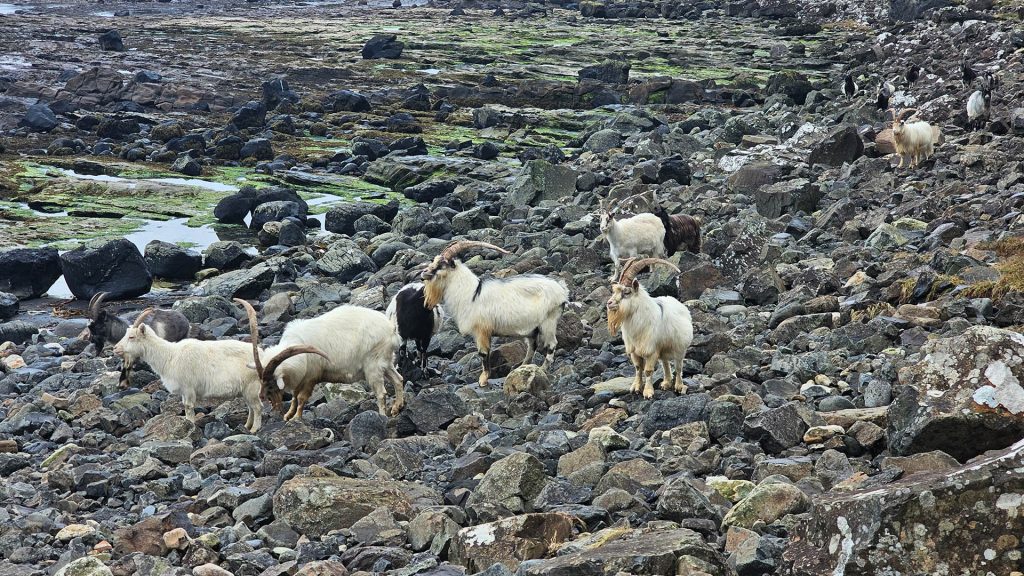
The walk to the Carsaig Arches tests endurance and offers a true communion with nature. It reveals a wild, untamed side of Mull that many visitors never experience. Along the way, there’s a good chance you’ll encounter wild goats that wander the shoreline and even inhabit some of the caves, particularly Nun’s Cave, where the floor is covered in goat droppings. With careful planning and respect for the environment, you can explore this unique geological wonder and create memories that last a lifetime.
GPS handheld device with 2.2-inch sunlight-readable colour display and preloaded with topoactive maps with routable roads and trails for cycling and hiking.

